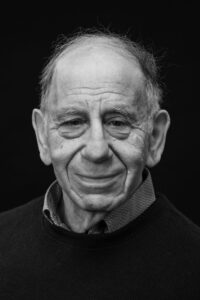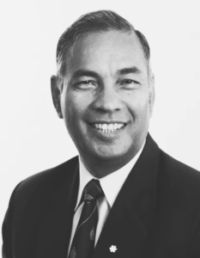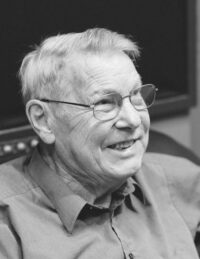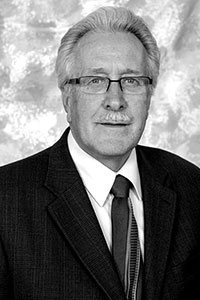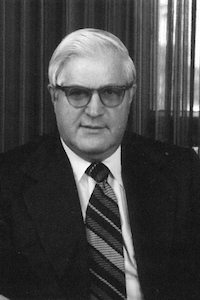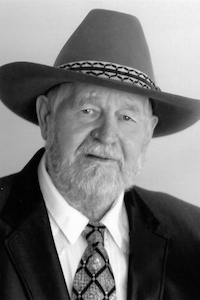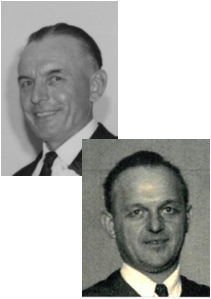LISTEN NOW: Grain Elevator and Processing Society / Whole Grain Podcast (March 2024) / CANOLA CHRONICLES: UNVEILING THE REMARKABLE EVOLUTION, WITH DR. MICHAEL ESKIN Dr. Michael Eskin is a highly respected figure in the Canadian agricultural industry, renowned for his exceptional contributions to canola innovation and utilization. Since beginning his tenure at the University of Manitoba in 1968, Dr. Eskin has played a pivotal role in transforming canola into the country’s most profitable food crop. Throughout his career, Dr. Eskin’s scientific breakthroughs have propelled canola research forward. His pioneering work includes characterizing enzymes responsible for fatty acid breakdown in canola and demonstrating optimal frying parameters and stability for various food products. He has also highlighted the hedonic attributes and preservation...
AHOF Members archive
Jayas, Dr. Digvar
Dr. Digvir Jayas was born in Mant, India and educated at India’s G.B. Pant University of Agriculture and Technology, the University of Manitoba and the University of Saskatchewan. He is a Registered Professional Engineer and a Registered Professional Agrologist. Dr. Jayas’s record as an agricultural researcher, educator and administrator has established him as a world leader and expert in grain storage and handling research aimed at preserving valuable food and grain products from degradation and spoilage. His mathematical modeling of the physical, chemical and biological factors in stored grain ecosystems is now applied to grain, oilseed and pulse storage and handling systems around the globe. He has led the world in image processing and machine visioning for grain handling and...
Stobbe, Dr. Elmer
Elmer Stobbe was born and raised on a small farm near Abbottsford, British Columbia. He graduated from the University of British Columbia and Oregon State University, then went on to be a professor and agronomist at the University of Manitoba for 27 years. Elmer was married to Wilma for 56 years and together had three children Sandra, Colin and Russel, who the family lost at eight years of age. It was through his faith that Elmer was able to lead his family and students through that difficult time. Credited as the “grandfather” of zero-tilling, Elmer’s pioneering roles in crop management, weed control, seed production and grain intercropping made him a leader in “sustainable farming” practises, even before the term was...
MacDonald, Joe
Joseph (Joe) Andrew MacDonald grew up with 15 brothers and sisters on a farm in Truro, Nova Scotia. After crewing on a Lancaster bomber during World War II, MacDonald started his lifelong farm equipment career in 1947 at the Cockshutt Plow Company, working his way up from the parts department to Canadian sales manager. When White Farm Equipment Canada purchased Cockshutt, MacDonald was made vice-president of marketing and, later, president. Known for his business acumen, Joe would often fly out on Monday, make his way through five or six cities across the U.S. and Canada, then return home Sunday evening only to get up and do it all over again the next week. In those days, long distance calls were...
Siemens, Willie Jacob
Willie (Bill) Siemens was born 1938 in Kronsthal, Manitoba, to David C. and Anna Siemens. In 1960, Bill married Mary Anne Dyck. They have two daughters, Beverly and Kelly. The family lived on the family farm in the R.M. of Rhineland until 2000 when Bill and MaryAnne moved to Winkler. Bill began his farming career with his parents and bought his first 80 acres from them in 1959. That same year, he received his Diploma in Agriculture from the University of Manitoba and his first sugar beet contract from Manitoba Sugar Company. Bill went on to buy the farm and increased its acreage producing seed, process and table potatoes, plus corn, canola, cereal grain and beans. He incorporated the farm...
Robinson, Roy
Roy Robinson was born on a farm in Grand Valley, Ontario and began his career as a machinist. He married Rose in 1942. In the fall of 1946, the two moved to Toronto to stay with his brother-in-law Peter Pakosh (inducted in 2018). While Peter was holding down a full-time engineering job, the two began exploring their own construction and manufacturing ideas in the ever-growing and ever-competitive farm implement market. In late 1946, the men assembled their first field sprayer in Peter’s basement. In the spring of 1947, after a verbal partnership agreement which was sealed with a handshake, the two entrepeneurs, Robinson and Pakosh, started Hydraulic Engineering Co. in Winnipeg. They made Roy the first employee of the company...
Esau, Ernest (Ernie) Henry
Ernest (Ernie) Henry Esau is a true leader in Canadian beef agriculture. In 1951, Ernmore Shorthorns began with Ernie’s purchase of two purebred Shorthorn heifers. Thinking that the breed was getting too small, Ernie set his sights on improving the breed. By selecting better breeding stock, Ernmore Shorthorns would become bigger framed and better muscled than other Shorthorns of that era. In 1955 Ernie married Irma and two years later, in 1957, they purchased their own farm—Ernmore Farms. That same year, Ernie officially showed his first animal. When the federal government decided to wind down the herds at their research farms in Brandon and Indian Head, Ernie took advantage of the opportunity by visiting these herds and personally selecting some...
Streich, Bill & Fred
Brothers William (top) and Frederick (bottom) Streich were born to Adolphe and Otillie Streich in 1911 and 1917 respectively. The boys grew up on a farm near Clandeboye, Manitoba. While raising his two sons and training them in farming practises, Adolph gave Bill and Fred two choices: They could receive wages or Adolph would bank and save the money for the future purchase of their own farms. The boys opted for the second option and would go on to raise their own spending money through their music. Fred played both the saxophone and clarinet and Bill played the banjo and guitar in a local band called ‘The Clandeboyes” which they formed with friends. Bill married Meta (Mae) Drewlo in 1935...


